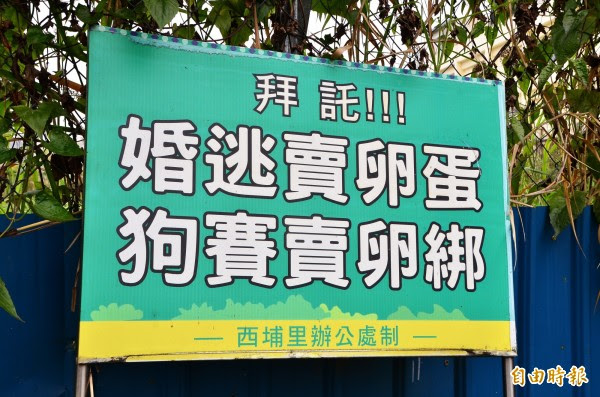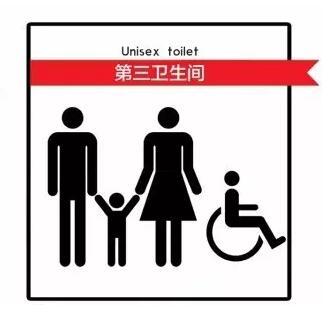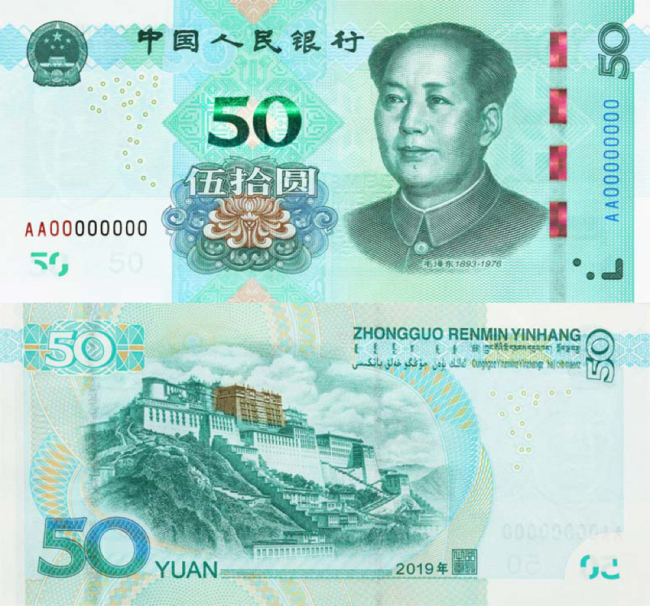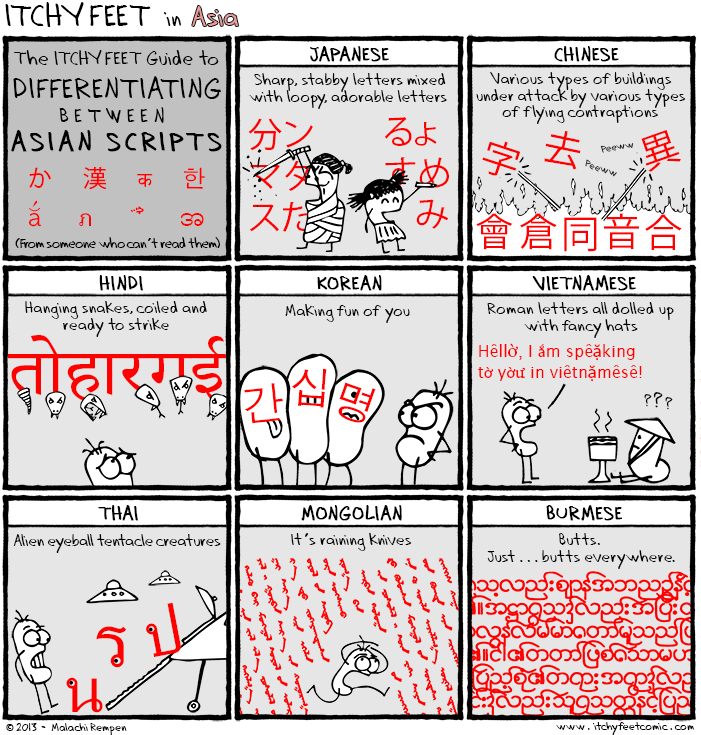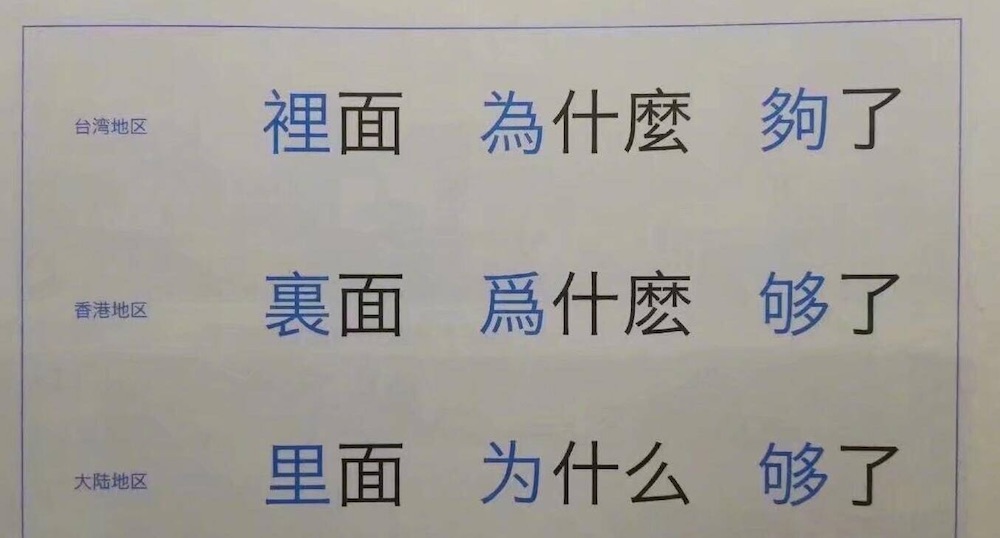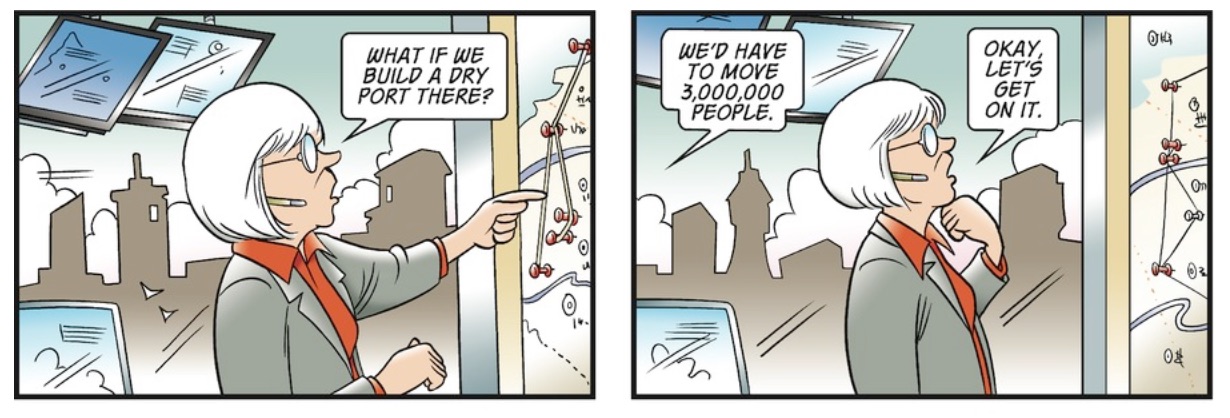For the first time in my life, I closely observed someone inputting Korean on a cell phone. (I was sitting behind the person doing it on the train ride to the city this afternoon.) Of course, I don't know exactly how it works, but what I observed was very interesting.
First of all, the young woman's phone had a special feature I've never seen in any other type of inputting. Namely, she could use a little, built-in, popup, electronic magnifying glass to hover over a particular syllable block that she had composed to inspect it carefully to see that she had formed it correctly. She did this fairly often.
Next, she seemed to spend a lot of time typing and retyping individual syllable blocks to make sure she got them right.
Read the rest of this entry »

